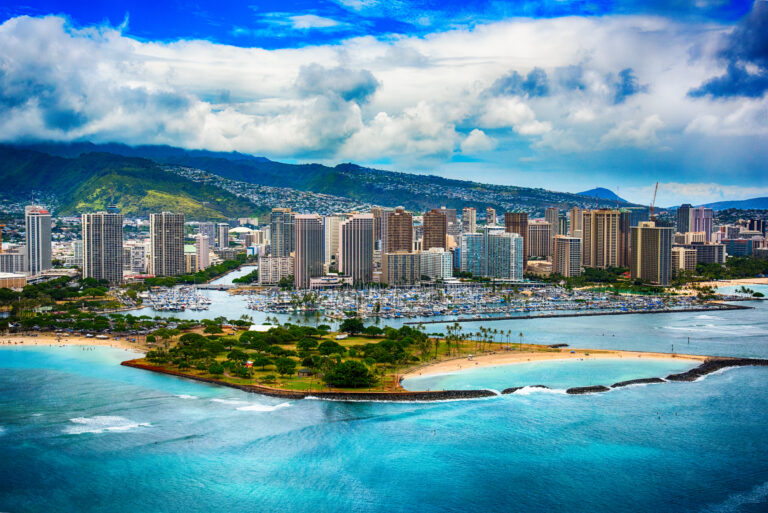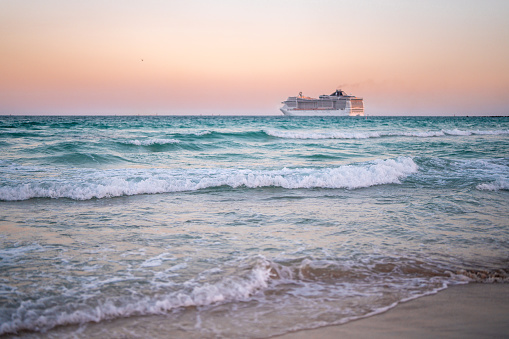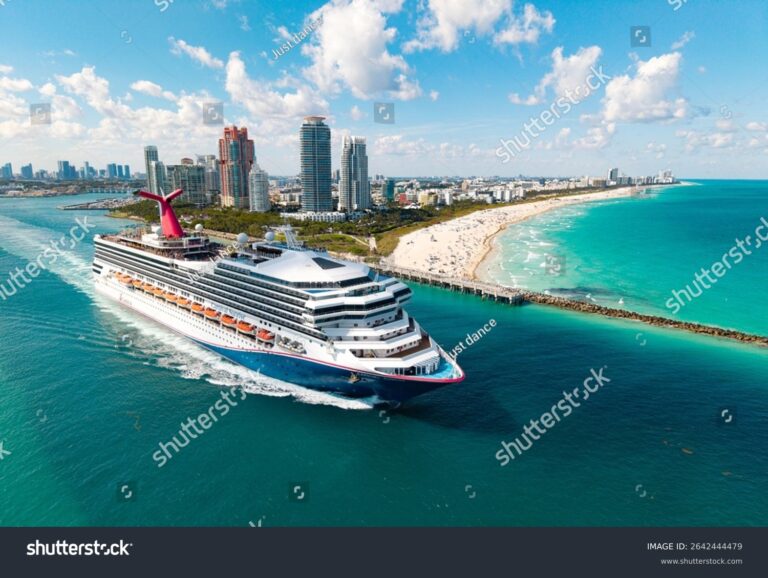By Leah Schwartz
No matter the season, find your place on the Costa del Sol.
During the intense heat of summertime, the Costa del Sol is often flooded with first-timers, many happy to sprawl languorously about in their flashy swim briefs and teeny-weeny bikinis. And while some vacationers enjoy the hustle and bustle of the resort towns during high season, return visitors are perceptibly wise to the year-round appeal of this Andalucian coastline fringing the Mediterranean Sea.
Far from its quaint fishing villages of yesteryear, the Costa (as it’s known by devotees) captivates tourists with its Blue Flag beaches, whitewashed villages, and more than 320 days of yearly sunshine. Both urban and historic, it perennially offers a reason, and a season, to explore. The following are just a few leisure options for whenever you decide to discover (or rediscover) the Costa.
Holiday time aside, off-peak season (December, January, and February) is quieter. Some establishments close for an extended break, but there are always businesses to frequent. Days can be windy with intermittent rainfall mixed into the sunshine. Temperatures rarely drop below 50°F (except in coldest January — at an average low of 46°F — and further inland).
The Local Scene
Hit the links at Golf Torrequebrada in Benalmádena and pay tribute to the Picasso del Golf. One of the first designs by Spanish amateur player-turned-architect José “Pepe” Gancedo Gómez, this 18-hole, 6,400-yard, par-72 masterpiece ranks among his finest creations. Tee off from elevated palm tree–lined fairways framed by mountains and sea, then find your “Spanish hands” (finesse your short game like the late great Seve Ballesteros) on undulating greens up to 335 feet above sea level.
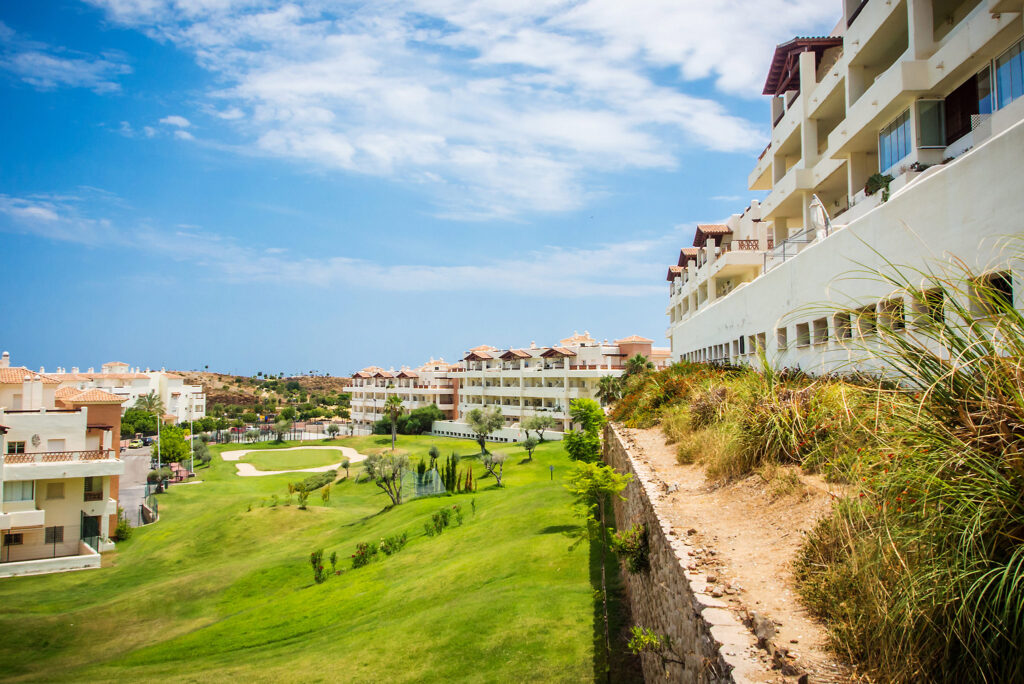
Going the Extra Mile
Smurftastic alert! Sony España hired a team of 20 painters to turn whitewashed Júzcar village Pitufo (Smurf) blue in 2011 — and it has stayed that way ever since. What began as a promotional stunt ahead of The Smurfs 3D movie release is bringing numerous visitors to this Aldea Azul (Blue Village). Less than a two-hour drive from Marbella and Estepona, in Valle del Genal, Júzcar boasts 14 murals with the film’s animated characters. Stroll its winding streets, take in unbeatable views, and pose for pictures next to the whimsical pop art. There’s even a village map in Parque de Júzcar to help pinpoint the paintings.
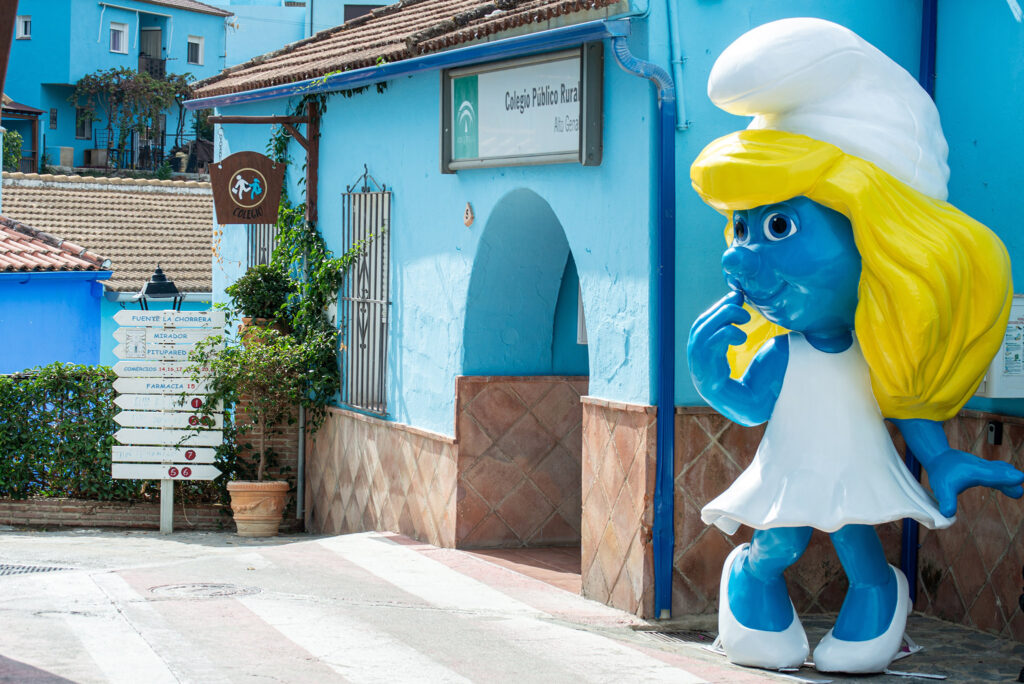
Epicureous Evenings
Once winter begins in earnest, operation celebrate Navidad is in full swing with festive window displays and sparkling lights illuminating the cities and towns after sunset. Ever popular are the local Christmas markets where you can feast on borrachuelos, sweet anise fried pastries, and wash them down with ponche, a festive spice-laden alcohol punch made with fruit juice. Inspired by Charles Dickens’ A Christmas Carol, Cementerio Inglés de Málaga hosts a creepy cool night market with vintage treasures and lights strung around the graves. Listen to carolers while sipping mulled wine and let the ghost of Christmas past enlighten you about the cemetery’s legacy and those buried within.

Mild weather and longer sunny days are typical this time of year (March, April, and May), with warmer afternoons and cooler evenings. Expect mostly clear skies (apart from rain bursts at the end of March through the beginning of April) and moderate humidity, with temperatures averaging from 54°F to 77°F.
The Local Scene
Stroll manicured gardens up to the gates of Castillo Monumento Colomares. Unleashing his own creative genius, Dr. Esteban Martín Martín hired two skilled stone masons to help him chisel out the world’s largest monument to Christopher Columbus, an untraditional castle perched enchantingly over the hills of Benalmádena Pueblo. Reflecting the Arab influence on Andalucía and Columbus-era architecture, Colomares is an ambitious display of Neo-Mudéjar, Romanesque, Byzantine, and late Gothic styles. Bonus: The surrounding views of the Mediterranean Sea and Benalmádena are spectacular.

Going the Extra Mile
Fanning out across the hilltops, Setenil de las Bodegas literally stands out from the crowd of pueblos blancos (white towns). Built into its own ocher cliffside and resting above the Guadalporcún River, the hamlet’s white-washed facades are roofed by the narrow crags of the Trejo River gorge. Besides the requisite jaw-dropping mountain views at every turn, must-sees include the Torreón (Keep Tower) and Arab Wall, the 12th-century remains of an Almohad-dynasty fortification. You’ll find many of the famous cave houses on Calle Cuevas del Sol, Jabonería, and Cabreriza streets, but Calle Cuevas de la Sombra is easily the most dramatic laneway, where jagged overhangs block out the sky. Stop for classic flamenquín (fried pork roll) tapas alfresco at Bar El Lizón on Plaza de Andalucía.
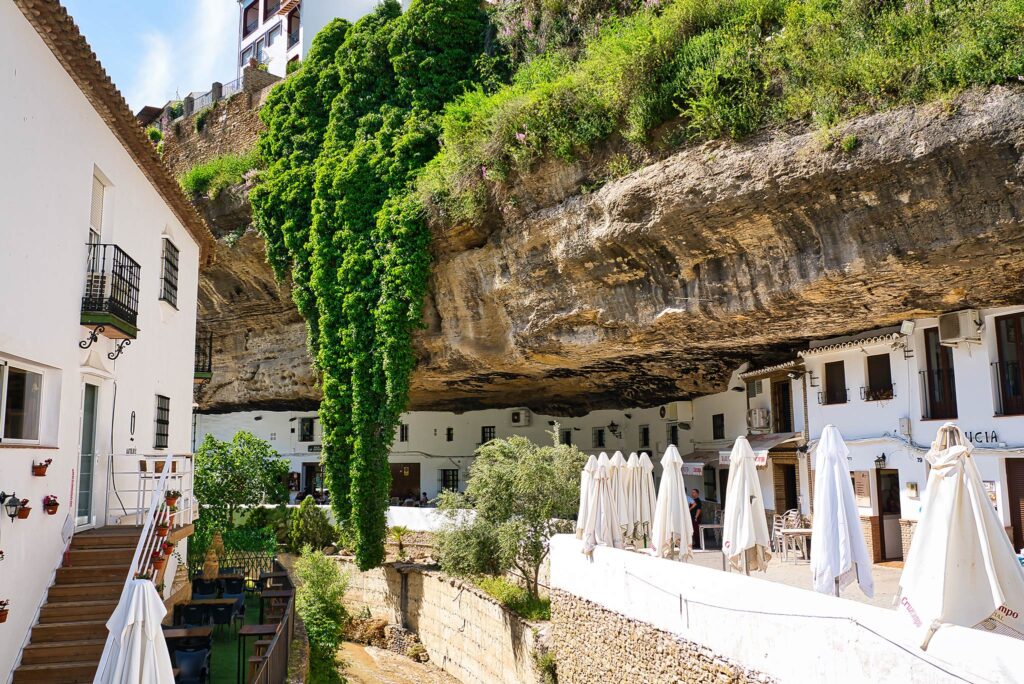
Epicureous Evenings
Lavish. Opulent. Overstated. Don’t dine at Florentine only for the food; go for the entire experience. This is the jewel in the crown at Forum Marbella, a three-story, mixed-use retail space along the Golden Mile. While the trattoria’s plush interior alludes to a bygone era, its à la carte menu puts a modern twist on traditional Italian dishes. Start with the signature Florentine on the Beach cocktail, infused with limoncello and vanilla vodka, and the Antipasto Grande garnished with stracciatella, olives, and fig jam; you choose the charcuterie and cheeses. Save room for a mouthwatering main such as rich truffle tagliatelle or slow-cooked lamb.

With nary a nimbus cloud in sight during the summertime (June, July, and August to mid-September), temperatures average in the mid-80s to low 90s, and August is usually the hottest month. Simply put, a hat and sunscreen are necessities.
The Local Scene
History and one of Torremolinos’ latest innovations converge in the green spaces of Parque de la Batería. Check out the park’s Spanish Civil War artillery and underground bunkers, then take the elevator (or outdoor staircase) to the top of the 50-foot-high Torre del Mirador for sweeping views of the bay of Málaga and La Carihuela, Playamar, and Bajondillo beaches. To experience iconic La Carihuela, follow the sign for the new panoramic lift — brightly painted in turquoise and white municipality colors. For a minimal fee, you’ll descend 98 scenic feet in a glass-window cabin to the beachfront. After a swim, settle in seaside at the white-and-wicker Tela Marinera beach bar or another traditional chiringuito for espetos de sardinas (skewered grilled sardines).

Going the Extra Mile
Swap a beach day for guided canyoning in the Guadalmina River valley near Benahavís. Spanning 17 miles, its emerald waters cut through a steep-sided karst kingdom framed by fragrant oleander and fig trees. Depending on your tour, you can navigate sloping rock passages and discover some of the darker recesses of the canyon’s tranquil caves. The pistachio tree–dotted Sendero Acequia del Guadalmina trail is a 2.8-mile family-friendly trek and particularly scenic, passing along a suspension bridge built over a centuries-old Moor irrigation canal.
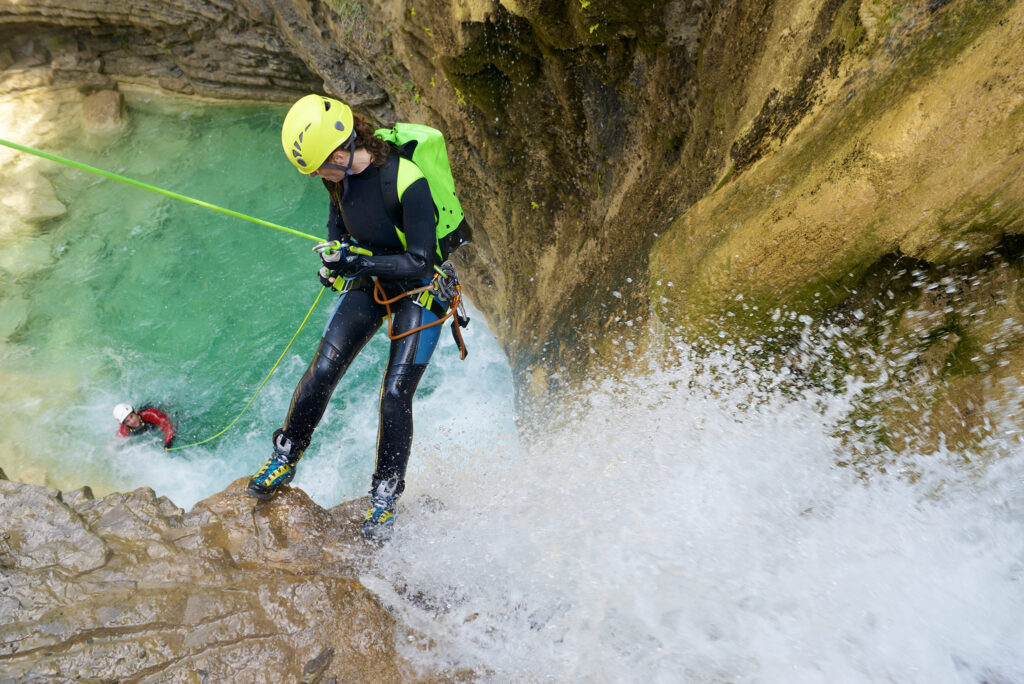
Epicureous Evenings
It’s customary to consume cold soups in the heat of the summer. Andalucía’s classic gazpacho, a blend of tomatoes, bread, peppers, cucumber, onion, and garlic, or one of its creamier sisters are favorites. Sans the cucumber and peppers, salmorejo is garnished with a hard-boiled egg and Spanish ham. A nuttier white version, ajoblanco, is made with ample amounts of blended almonds and garlic. El Pimpi serves both, and it’s just one of several celebrated restaurants at Marbella’s award-winning Puente Romano location.

Autumn weather varies depending on which month you arrive (mid-September, October, and November). September is still warm, with daily temperatures averaging 68°F to 82°F. The transition to cooler temperatures begins subtly in October when nights average 57°F to 64°F. Chillier weather is in full swing by November, with average daily temperatures between 63°F and 70°F, and evenings cooling to as low as 52°F.
The Local Scene
Visual arts enthusiast Gonzalo Fernández-Prieto has helped revitalize Málaga’s old artisan neighborhood, San Felipe Neri. Situated on a quiet backstreet, his 18th-century casa palacio has 16 dedicated rooms comprising the Museum of Glass and Crystal, where you can take a guided tour to learn about the art of glassmaking. Prieto’s extensive private collection incorporates rotating exhibits and studio glass by renowned creators such as Dale Chihuly, Salvador Dalí, and Pedro Ramírez. Displayed by era across several floors in carefully curated cabinets, the wide range of international glassworks includes pieces from as early as 600 B.C.
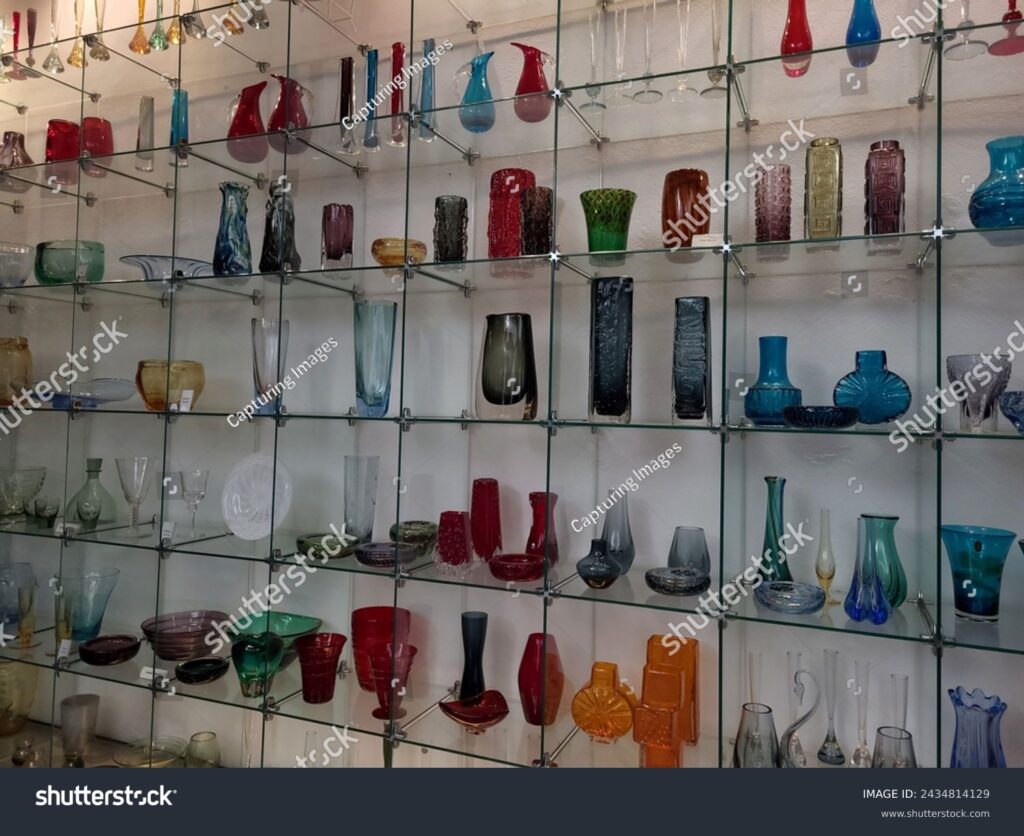
Going the Extra Mile
Spain’s long history of viticulture is intertwined in its national heritage, and it’s all about the grape in the Axarquía region. Part of the Málaga province’s Protected Designation of Origin (a DOP), Axarquía produces unique sweet and dry varieties. Wine lovers and oenophiles alike will appreciate the decadent flavor of these dessert wines. You can sample traditional vintages at wine bars such as Pura Cepa and Bar Vinos El Lagar in Axarquía’s Frigiliana, another stunning, whitewashed mountain town.
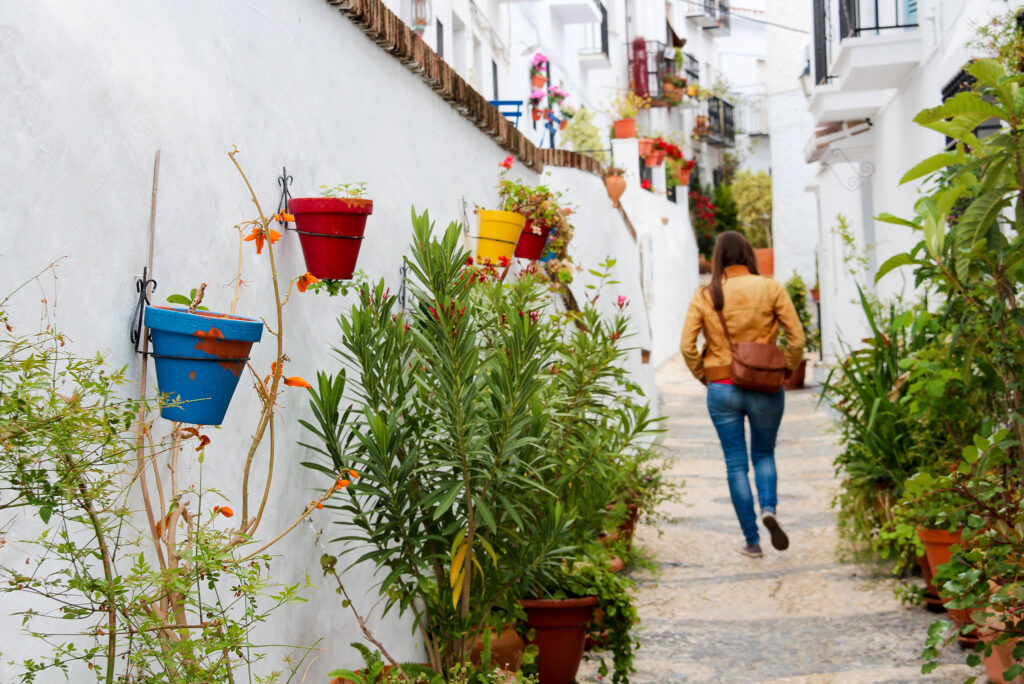
Epicureous Evenings
Southern Spain’s richest culinary traditions are simmering hot during the colder months. Hearty guisos (stews) contain a lineup of core ingredients: meat (beef, goat, and oxtail are favorites) or seafood (often cod and prawns); a vegetable base of potatoes, tomatoes, onions, and carrots; and spices such as cumin, paprika, and saffron. And while some savory stews can be vegetarian, too, all are flavorful. Get a taste of these slow-cooked creations at Málaga’s Casa Carlos. This traditional family-run restaurant has been serving authentic berzas malagueñas (beef and chickpeas) and callos (pig tripe and chorizo) since 1936.

For more than 17 years, Leah Schwartz has authored and edited global travel content and served as editorial project manager for both the B2B and B2C markets of the vacation ownership space.



